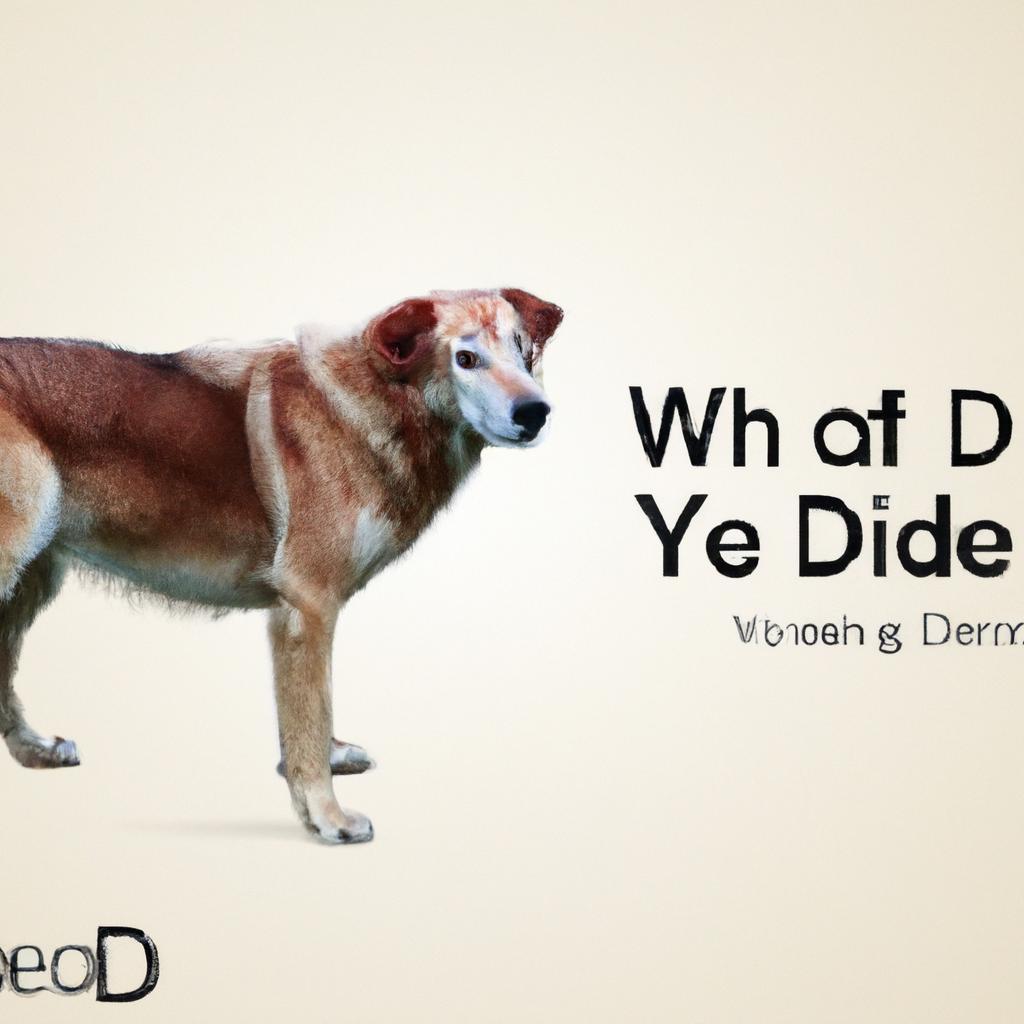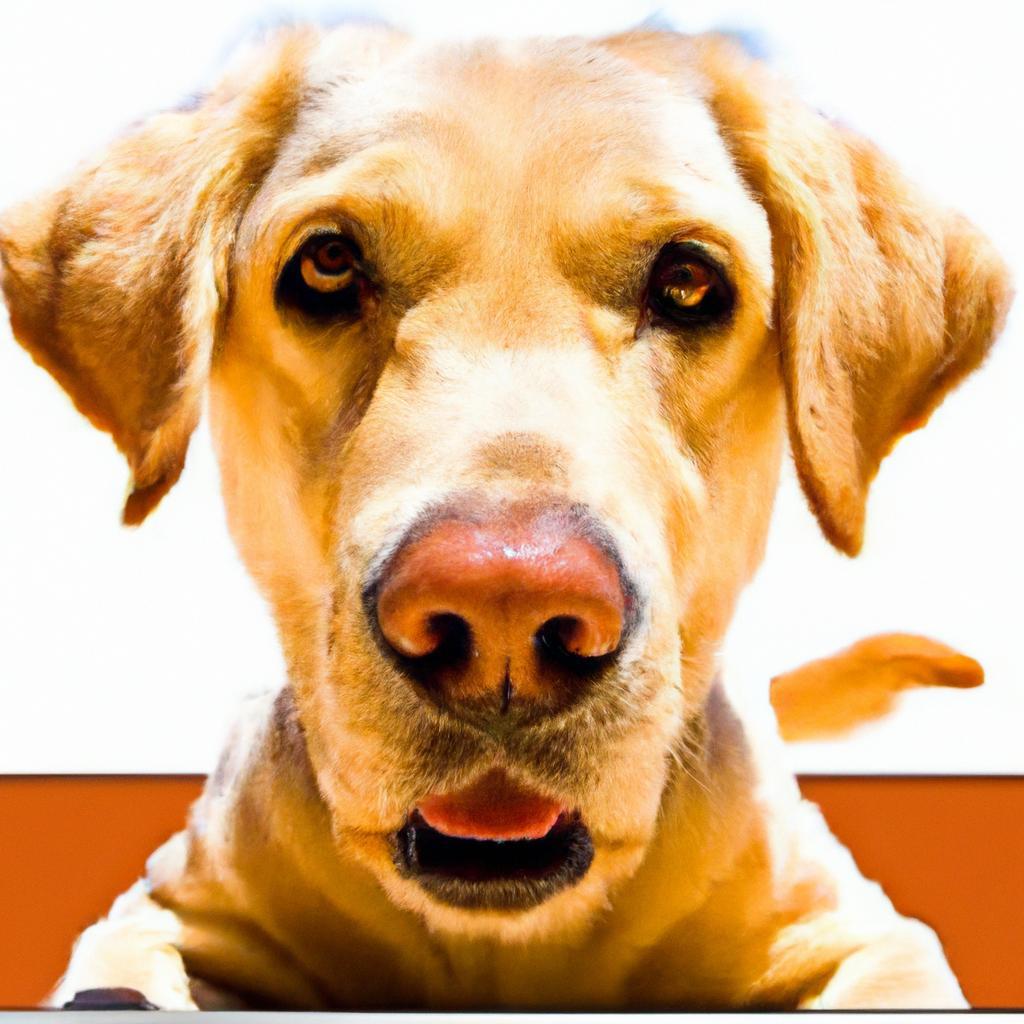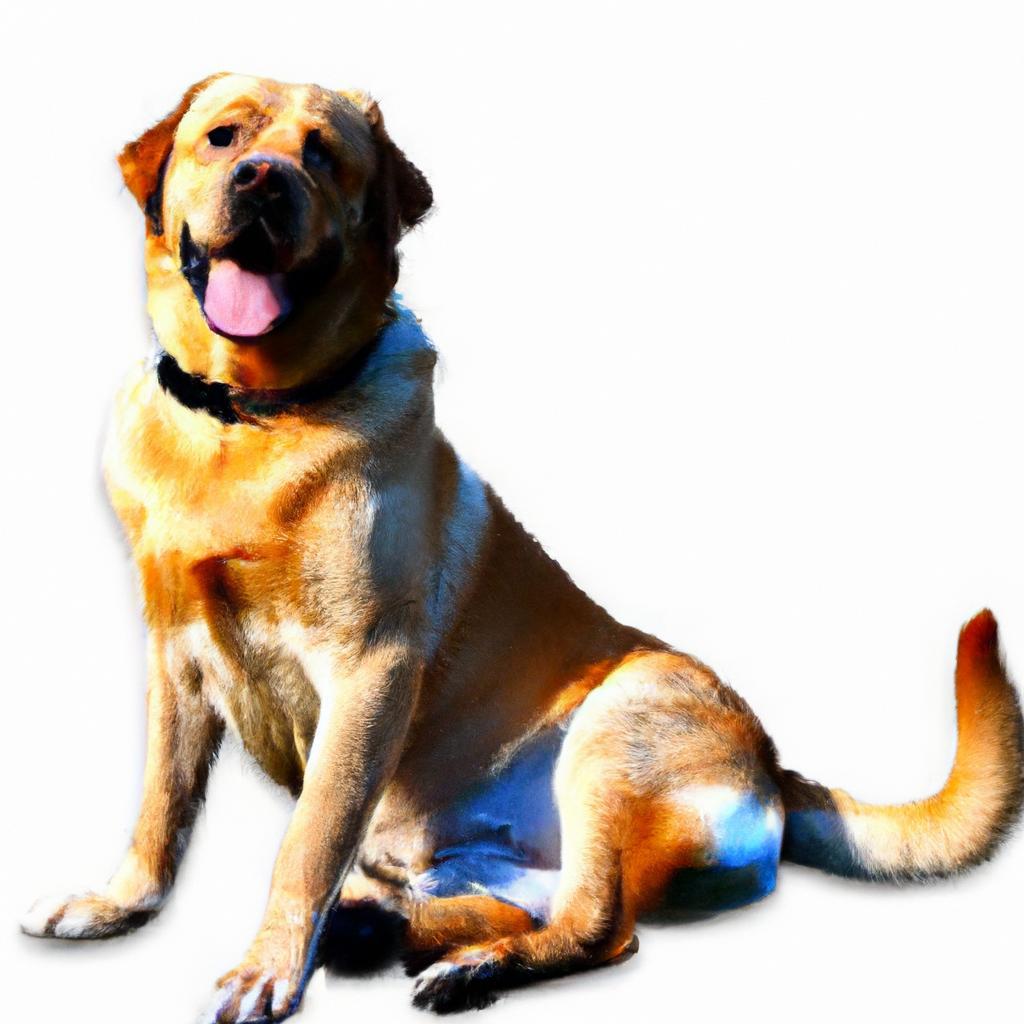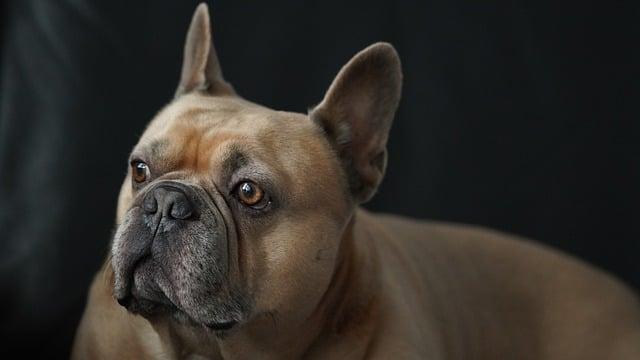In the heart of ancient Mesopotamia, a loyal companion roamed the lands—an ancestor of today’s Saluki. This breed, revered by royalty and hunters alike, is often hailed as one of the oldest known dog breeds, dating back over 4,000 years. Imagine the stories these noble dogs could tell, witnessing the rise and fall of empires. Their grace and endurance have captivated hearts for millennia. Choosing a Saluki means embracing a legacy of loyalty and elegance, making it not just a pet, but a living piece of history.
Contents
- Exploring the Ancient Lineage of Dog Breeds
- Unveiling the Characteristics of the Oldest Breeds
- Understanding the Historical Significance of Canine Companionship
- Choosing the Right Ancient Breed for Your Lifestyle
- Q&A
Exploring the Ancient Lineage of Dog Breeds
The quest to uncover the oldest dog breeds takes us back thousands of years, revealing a fascinating tapestry of history intertwined with human civilization. Archaeological findings suggest that certain breeds have roots tracing back to ancient times, often serving as companions, hunters, and guardians. Among these breeds, the **Basenji**, known for its unique yodel-like bark, stands out as one of the most ancient, with origins in Central Africa, where it was used for hunting small game.
Another contender for the title of the oldest breed is the **Saluki**, revered in ancient Egypt and often depicted in hieroglyphics. This elegant breed was not only a hunting companion but also a symbol of nobility and grace. The Saluki’s lineage can be traced back over 4,000 years, making it a living testament to the bond between humans and dogs throughout history.
The **Chow Chow**, with its distinctive lion-like appearance and blue-black tongue, also boasts an ancient lineage. Originating from China, this breed has been around for over 2,000 years, serving various roles from hunting to guarding. Its unique characteristics and historical significance make it a fascinating subject of study for those interested in the evolution of dog breeds.
Lastly, the **Akita**, hailing from Japan, is steeped in tradition and history. This breed was originally used for hunting large game and has been celebrated in Japanese culture for centuries. The Akita’s loyalty and protective nature have made it a beloved companion, further solidifying its place in the annals of canine history. Each of these breeds not only represents a unique lineage but also embodies the enduring relationship between humans and their canine counterparts.
Unveiling the Characteristics of the Oldest Breeds
When exploring the lineage of canine companions, certain breeds stand out due to their ancient origins and unique characteristics. These breeds have not only survived the test of time but have also adapted to various roles alongside humans. Their histories are rich, often intertwined with the cultures and societies that nurtured them. Understanding these breeds offers insight into their behavior, temperament, and the special bond they share with us.
One of the most notable characteristics of these ancient breeds is their **remarkable resilience**. Many of them were bred for specific purposes, such as hunting, herding, or guarding, which required them to possess exceptional physical and mental attributes. For instance, the **Basenji**, often referred to as the “barkless dog,” has a unique yodel-like sound and is known for its hunting prowess in the African wilderness. Similarly, the **Saluki**, revered in ancient Egypt, showcases incredible speed and endurance, making it a prized companion for hunters.
Another defining trait of these oldest breeds is their **strong instinctual behaviors**. Many of them retain the skills and instincts of their ancestors, which can manifest in various ways. The **Chow Chow**, with its distinctive lion-like mane, is not only known for its loyalty but also for its guarding instincts, making it a formidable protector of its family. Meanwhile, the **Akita**, with its noble demeanor, exhibits a natural protective instinct, often forming deep bonds with its human companions.
Lastly, the **temperament** of these ancient breeds often reflects their long-standing relationship with humans. Many of them are known for their **intelligence and trainability**, which can be traced back to their roles in human society. The **Shiba Inu**, for example, is not only charming and spirited but also highly intelligent, making it a delightful challenge for owners who appreciate a clever companion. Understanding these characteristics allows potential dog owners to choose a breed that aligns with their lifestyle, ensuring a harmonious relationship that honors the legacy of these remarkable canines.
Understanding the Historical Significance of Canine Companionship
The bond between humans and dogs has deep roots in history, transcending mere companionship to become a vital part of our cultural and social fabric. From ancient civilizations to modern societies, dogs have played various roles, serving not only as loyal friends but also as protectors, hunters, and workers. This multifaceted relationship has shaped our understanding of loyalty, love, and responsibility, making dogs an integral part of human life.
Throughout history, certain breeds have emerged as symbols of this companionship, often reflecting the values and needs of the societies that bred them. For instance, the Basenji, known as the “barkless dog,” has been traced back to ancient Egypt, where it was revered for its hunting prowess. Similarly, the Saluki, one of the oldest known breeds, was cherished by nomadic tribes for its speed and agility, showcasing how dogs have been tailored to meet human needs over millennia.
Moreover, the significance of canine companionship extends beyond practical utility. Dogs have been depicted in art, literature, and folklore, symbolizing fidelity and protection. The Akita, for example, is celebrated in Japanese culture as a symbol of good health and long life, illustrating how certain breeds have become intertwined with cultural identity and values. This historical context enriches our appreciation for these animals, reminding us that their presence in our lives is not merely a modern phenomenon but a continuation of a long-standing relationship.
As we explore the origins of various dog breeds, we uncover stories of survival, adaptation, and companionship that resonate with our own experiences. Understanding the historical significance of these breeds allows us to appreciate the depth of our connection with dogs. It invites us to reflect on how these loyal companions have not only shaped our past but continue to influence our present and future, reinforcing the notion that dogs are indeed more than pets; they are family.
Choosing the Right Ancient Breed for Your Lifestyle
When considering an ancient dog breed, it’s essential to align your choice with your lifestyle and living situation. Different breeds come with unique characteristics, temperaments, and care requirements that can significantly impact your daily routine. For instance, if you lead an active lifestyle, breeds like the Basenji or Saluki may be ideal due to their high energy levels and need for regular exercise. On the other hand, if you prefer a more relaxed environment, a breed like the Shiba Inu could be a perfect match, offering a balance of independence and companionship.
Consider the size of the breed as well. Larger ancient breeds, such as the Irish Wolfhound or Great Dane, require ample space to thrive and may not be suitable for apartment living. Conversely, smaller breeds like the Chihuahua or Pekingese can adapt well to smaller homes and urban settings. Assessing your living space and the breed’s size will help ensure a harmonious relationship between you and your new companion.
Another critical factor is grooming and maintenance. Some ancient breeds, such as the Afghan Hound, have long, luxurious coats that require regular grooming and maintenance, while others, like the Shar Pei, have unique skin folds that need special attention. If you have a busy schedule or prefer low-maintenance pets, consider breeds with shorter coats or those that shed minimally, such as the Boston Terrier or Whippet.
Lastly, think about the breed’s temperament and compatibility with your family dynamics. Some ancient breeds are known for their loyalty and protective nature, making them excellent family pets, while others may be more reserved or independent. Researching the specific traits of each breed can help you find one that fits seamlessly into your household. By taking the time to evaluate these aspects, you can choose an ancient breed that not only enriches your life but also complements your lifestyle perfectly.
Q&A
-
What is the oldest dog breed?
The oldest dog breed is widely considered to be the Saluki. This breed has been traced back over 4,000 years to ancient Egypt, where they were revered for their hunting abilities and loyalty.
-
How do we know which breed is the oldest?
Determining the oldest dog breed relies on archaeological evidence, historical records, and genetic studies. Breeds like the Saluki and the Basenji have shown consistent evidence of their ancient origins through these methods.
-
Are older breeds better pets?
While older breeds like the Saluki may have unique traits and histories, the suitability of a dog as a pet depends on individual temperament, energy levels, and compatibility with your lifestyle. Older breeds can offer a rich heritage, but it’s essential to consider each dog’s personality.
-
What are the characteristics of ancient dog breeds?
Ancient dog breeds often exhibit traits such as:
- Strong instincts: Many have been bred for specific tasks like hunting or herding.
- Adaptability: They tend to adapt well to various environments.
- Endurance: Many ancient breeds are known for their stamina and resilience.
understanding the origins of dog breeds enriches our appreciation for these loyal companions. Whether you choose the ancient Basenji or another breed, embracing their history deepens the bond we share with our furry friends. Choose wisely!

大家好,我是彼得潘,專業的手法身體治療師。我喜歡探索和研究各種主題,並透過與人工智慧的合作分享專業、實用、有趣的文章。我們定期進行人工審核,以確保內容的準確性。如果您發現文章中有任何不準確的地方,請隨時與我們聯繫,我們會及時糾正。您可以透過 [email protected] 與我們聯繫。



